

The Living Life to the Fullest project was a research project that sought to forge new understandings of the lives, hopes, desires and contributions of children and young people with ‘life-limiting’ or ‘life-threatening’ impairments (or LL/LTIs). With children and young people alongside as our co-researchers, the project was a space where disabled children and young people can tell new stories of disability; their own stories.
Living Life to the Fullest: Life, Death, Disability and the Human was funded by the Economic and Social Research Council (ES/P001041/1) (April, 2017-March, 2020) and was based in The School of Education and at the Institute for the Study of the Human (iHuman) at the University of Sheffield.
In the Living Life to the Fullest project we believe that you can’t do high quality research about disabled young people’s lives without including disabled young people in the process: making decisions, co-leading the project, undertaking fieldwork (collecting data), collaborating in data analysis, and writing, sharing and promoting the research and its findings.
We are proud to say that The Co-Researcher Collective, a group of young disabled women, who committed to the project, is radically impacting the way research is typically carried out. The Co-Researcher Collective is a key part of our Research Management Team. It is important to us that our research project is as flexible as possible; participation and leadership can be shaped and adapted to fit around the needs and wants of young people. You can read more about the Co-Researcher Collective here.
Principal Investigator: Professor Dan Goodley
Co-Investigator: Dr Kirsty Liddiard
Co-Investigator: Professor Katherine Runswick-Cole
Lead Co-Researcher: Lucy Watts, MBE
Co-Researcher: Sally Whitney
Co-Researcher: Katy Evans
Co-Researcher: Emma Vogelmann
Co-Researcher: Carrie Aimes
Co-Researcher: Ruth Spurr
Community Research Partner: Purple Patch Arts
Community Research Partner: DMD Pathfinders
Community Research Partner: Good Things Foundation
Impact Project Partner: Greenacre School
Impact Project Partner: Canine Partners
 Emma Vogelmann
Emma Vogelmann
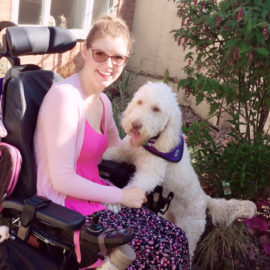 Katy Evans
Katy Evans
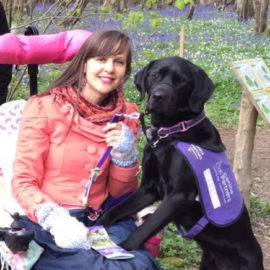 Sally Whitney
Sally Whitney
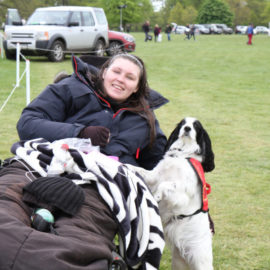 Lucy Watts, MBE
Lucy Watts, MBE
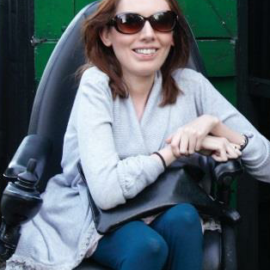 Carrie Aimes
Carrie Aimes
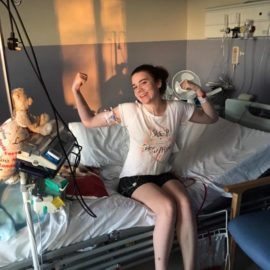 Ruth Spurr
Ruth Spurr
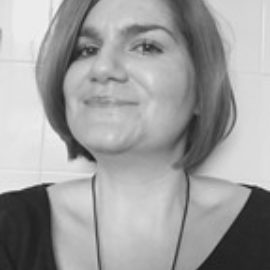 Dr Kirsty Liddiard
Dr Kirsty Liddiard
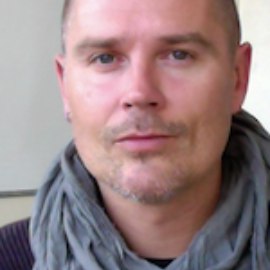 Professor Dan Goodley
Professor Dan Goodley
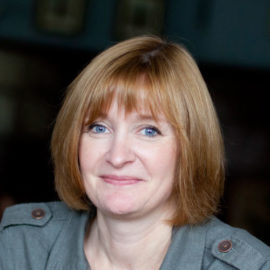 Professor Katherine Runswick-Cole
Professor Katherine Runswick-Cole
Our culture has some problematic ideas about disability and disabled people’s lives, particularly the lives of disabled children and young people with LL/LTIs, which can be shorter than most. Quite often, people think that disabled children and young people live tragic, sad and unhappy lives without opportunities for play, socialising and friendships. Through engagement with the arts, our project offered opportunities for disabled children and young people living with LL/LTIs to speak about their lives in “new” ways: as joyful, creative, fun, challenging, but ultimately liveable, just like anyone else. This is important because knowledges about life with LL/LTIs rarely come from disabled children and young people themselves.
To work in partnership with disabled children and young people with LL/LTIs.
To make visible the lives, desires, hopes and contributions of disabled children and young people with LL/LTIs, and those of their parents/carers and families, to wider society; disability communities; dis/ability studies; wider family; the professionals who support them; and to the health and social and palliative care policy that governs their lives.
To explore disablism and ableism in disability life.
To ask disabled children and young people with LL/LTIs (what could be considered) radical questions: What are your ambitions? What would you like to do with your life? What contributions do you make? How are these contributions shaped?
To mark the lives and contributions of disabled children and young people with LL/LTIs.